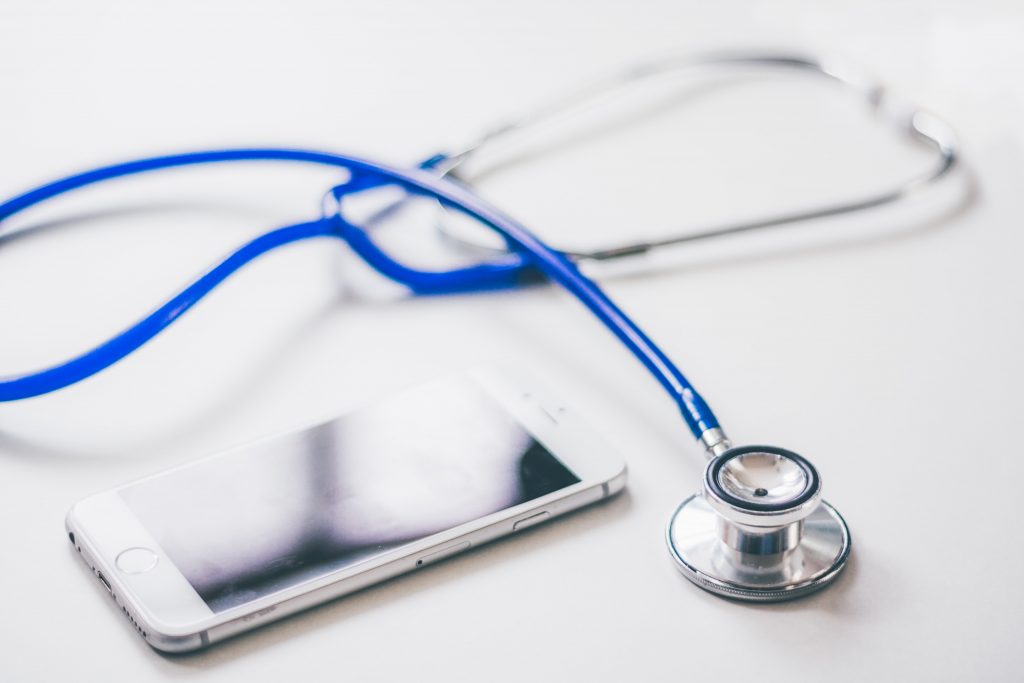Last Updated on September 7, 2022

COVID-19 is putting our frontline healthcare workers under a considerable amount of stress, and it’s clear to see why; they’re working longer hours, are burdened by anxieties about their families – and their own – health, and are facing the pressure of having to deal with the pandemic amidst the inflow of patients suffering from what are now considered ‘normal’ ailments.
While nothing short of a vaccine can hope to solve the challenges forced upon the healthcare workers on the frontline, new technologies can help to streamline certain processes and ease some of the strain. Mobile devices, like tablets and smartphones, are one such technology that can help. Buying the devices and training staff to use them, however, is the easy part. Managing the devices and ensuring they’re used properly is where the challenge comes in. As such, it’s important for healthcare providers to create a remote device strategy to ensure they can get the most out of their remote device network.
So how exactly can remote devices and a well-considered remote device strategy help our frontline healthcare workers? Read on to find out.
Centralized Interface to Monitor All Remote Devices
A remote device strategy goes much further than purchasing devices and giving them to staff, and one key component of any device strategy – essential for the optimal running of devices – is to have plans in place to keep them perfectly maintained and operational.
With this in mind, a key component of any remote device strategy is the technology required to maintain these devices. Mobile Device Management, or MDM, is one such tool that enables the remote upkeep, control and maintenance of devices. Through selecting the right MDM technology, healthcare providers can monitor all connected devices regardless of location, check their status, and provide remote IT or device assistance to frontline workers out in the field, like doctors who visit patients in their homes.
Geofence Management to Track Quarantined Patients
A key factor in mitigating the spread of COVID-19 is quarantining infected patients until they’re virus-free and ready to go back into society. Unfortunately, however, the ability for healthcare providers to quarantine patients in hospitals is limited thanks to the number of available facilities. As such, patients with mild symptoms are often requested to self-quarantine at home.
The problem with self-quarantine is that it isn’t enforceable without hiring officers to surveil the patients and ensure they’re adhering to their self-quarantine, which can be costly. Because of this, another key component in creating and implementing a remote device strategy is to select an MDM technology with capabilities to track patients and enforce quarantine guidelines.
Geotracking is one such feature that can enforce quarantine guidelines and protect the community through the creation of a ‘safe zone’ which is confined to the patients’ home and tracked through a device, like a smartwatch. If the patient leaves the safe zone, the healthcare institution receives an alert and can then reach out to the patient to follow up and remind them of the importance of quarantining.
Kiosk Lock Mode
Anyone with a smartphone or tablet understands how distracting they can be. As such, another key consideration when creating a remote device strategy is finding ways to reduce distraction, and the best way to do this is by selecting an MDM provider with kiosk mode capabilities.
Kiosk mode enables workers to stay focused on the health of their patients by locking down devices into only the essential functions and apps needed to effectively do their work. This means that when frontline staff are working, they don’t have the option to become distracted by unnecessary apps, because the option to open them doesn’t exist until kiosk mode is turned off.

Leave a Reply